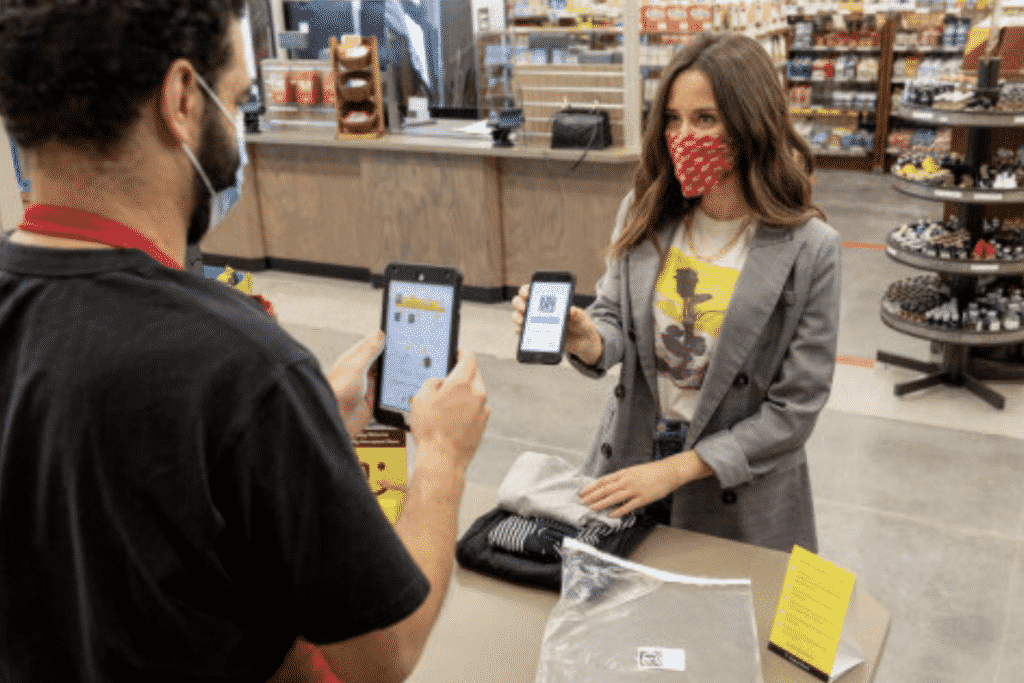Protection from damages is the number one concern for every product getting shipped. You don’t want to spend all the time, money and resources to end up with damaged products.
Over the regular protection, temperature-controlled shipping offers the ideal shipping environment for fragile and perishable goods. It protects from both too hot or too cold weather elements.
Here are the 5 tips to help you protect your goods, to package and prepare for successful temperature-controlled shipping;
Ensure proper packaging
The first step to setting yourself up for supply chain success is through understanding the dimensions of your shipment for the corresponding proper packaging. Temperature-controlled shipping requires appropriate packaging. This you can achieve by measuring the width, height and lengths of your shipment.
The accurate measurements help in understanding how much of the package can fit a specific trailer. It also help when looking for enough storage. You need enough space for keeping the moisture intact while also not spending too much.
Some of the best packaging elements for temperature-controlled packaging include; corrugated boxes, cushioning and labelling for hazardous goods.
Use the appropriate container.
While there are various containers types, not all are ideal for temperature-controlled shipping. Some of the appropriate containers include wood boxes for frozen food. The wood boxes are not quickly impacted by external force. They instead allow pressure from the package to escape thus are great for meat and seafood transportation.
Plastic is ideal for perishable produce as they keep the moisture of the package intact. They are also not susceptible to damage when stuck in bulk. On the other hand, cardboards are ideal for refrigerants as they are easy to wrap or seal. They are also some of the most affordable container options for temperature-controlled shipping.
Any container you use should be strong enough to handle the product you are shipping. It should also keep the product from damage.
Use the right insulation type.
The main reason for Temperature controlled shipping is to keep your goods fresh and damage-free. That is where the insulation comes in. They protect the shipment from the impacts of force while on transit.
There are various insulation options like bubble wrap, pre-lined boxes and pads.
The various types of insulation come with different price ranges. Look for what works best for your goods. You can also opt for containers that come with in-built insulation.
Monitor goods during transit
Now that you have the package in the right package, container and well-insulated, it feels like you have everything in control. Well, there is more to ensure the safety of the perishable goods. Invest in transit monitoring add-on services when dealing with the extra sensitive shipment.
For example, include a temperature monitoring device for real-time updates on the Temperature of your products. You might also opt for delivery updates for information on your products’ time and condition when they arrive at the destination.
While the add-on monitoring services come at an extra cost, they also ensure the needed peace of mind.
Work with an experienced logistics partner.
Working with an experienced temperature-controlled logistics service provides makes the whole process seamless. Work with a carrier that offers special containers for fragile goods like a laboratory specimen, vaccines and other pharmaceuticals.
Look for a reputable carrier that has been offering the services for some time. They understand the time consciousness for the perishable goods. They also have all the additional services you might want, like the on-transit monitoring tools.
Unlike the other carriers, experienced temperature-controlled logistics service providers come at an extra cost. Ask for freight quote Canada early enough when you intend to use these types of services.
Bottom Line
Packaging and preparing is the epitome for successful temperature-controlled shipping. Go for the suitable packaging, container, and insulation. Better still, monitor goods in transit if needed. Above all, work with an experienced temperature-controlled logistics service provider.
While the whole process might be a little costly, it’s well worth the investment.
